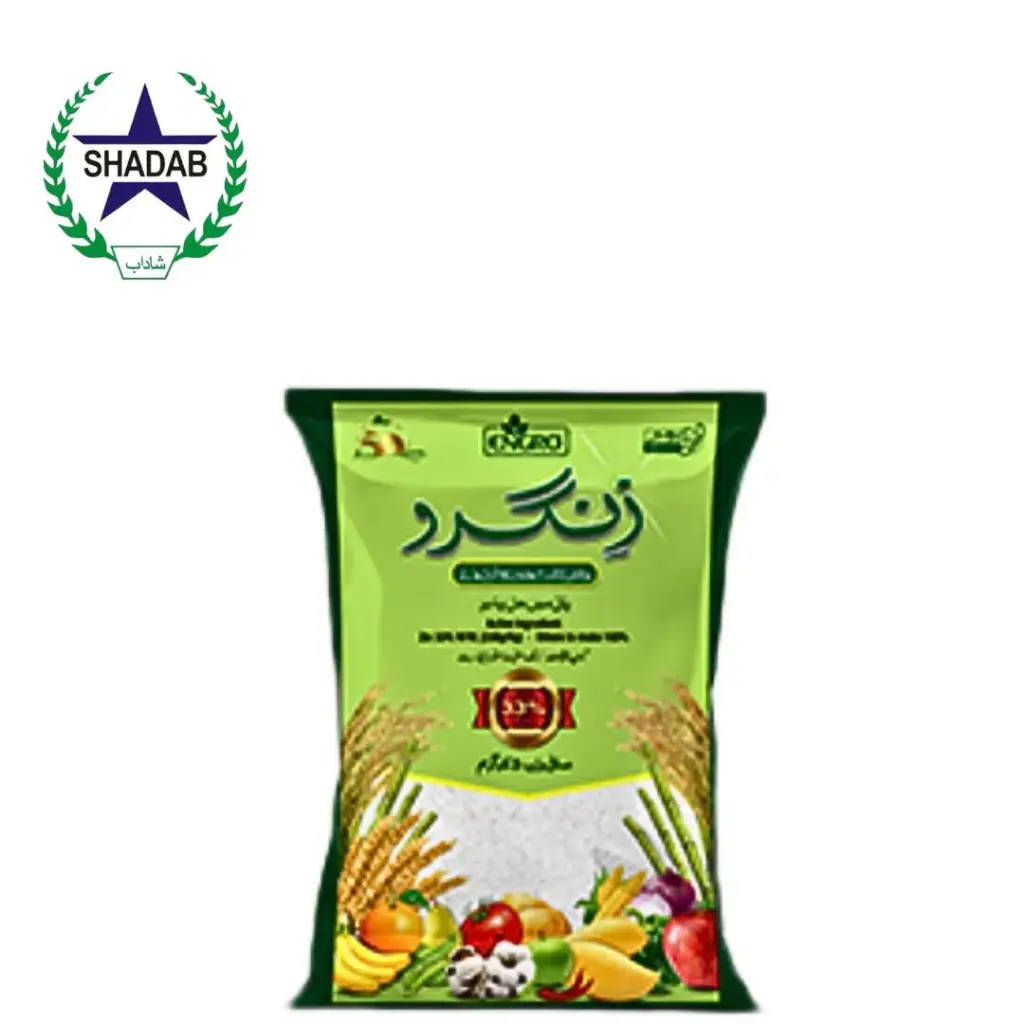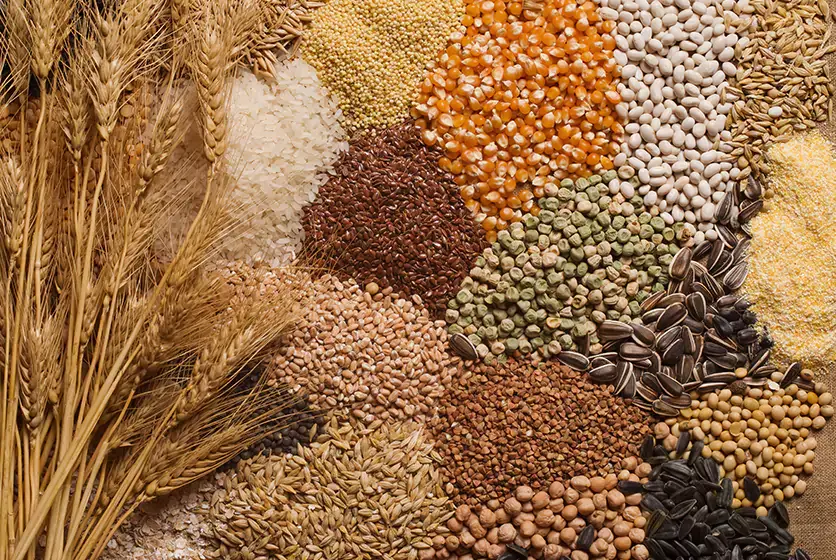چاول کی بہترین نشوونما تک پہنچنے میں سہولت فراہم کرنے میں مائیکرو نیوٹرینٹس کی اہمیت کو بڑھا چڑھا کر پیش نہیں کیا جا سکتا، چاول کی فصلوں اور مٹی دونوں میں زنک (Zn) سب سے زیادہ پائی جانے والی مائیکرو نیوٹرینٹ کی کمی ہے۔ زرعی نقطہ نظر سے، چاول کے لیے زنک کی اہمیت کو کئی اہم عوامل کے ذریعے اجاگر کیا جا سکتا ہے: نائٹروجن کی آمیزش اور پروٹین میٹابولزم: تقریباً 10% پلانٹ پروٹینز کو اپنی ساختی فعالیت اور سالمیت کے لیے زنک کی ضرورت ہوتی ہے۔ زنک کی کمی چاول کے پودے کی امینو ایسڈ کو پروٹین میں تبدیل کرنے کی صلاحیت کو روکتی ہے، جس کے نتیجے میں کافی زنک کی کمی والے پودوں میں پروٹین کی ترکیب کی شرح میں واضح کمی واقع ہوتی ہے۔ آکسین میٹابولزم: زنک کی کمی آکسین کی سطح کو کم کرنے کا باعث بنتی ہے، جو کہ پتوں کے چھوٹے سنڈروم، رکی ہوئی نشوونما، اور شوٹ کی لمبائی میں کمی کے طور پر ظاہر ہو سکتی ہے۔ مثال کے طور پر، انڈول ایسٹک ایسڈ (IAA) کی پیداوار ٹرپٹوفن کی ترکیب کے لیے زنک پر انحصار کرتی ہے، جو IAA کا پیش خیمہ ہے۔ زنک کی دستیابی میں کمی تناؤ کے ردعمل کو بڑھا دیتی ہے، جس کے نتیجے میں آزاد بنیاد پرست پیداوار میں اضافہ ہوتا ہے جو بالآخر IAA کو کم کر دیتا ہے۔ جھلی کی ساخت، کام، اور دیکھ بھال: ناکافی زنک کلوروفل کے استحکام سے سمجھوتہ کرکے کلوروسس کا سبب بن سکتا ہے۔
گندم کی نشوونما کا انحصار بہت سے اہم کاموں کے لیے چھوٹی لیکن اہم مقدار میں زنک پر ہوتا ہے، جیسے: - بیجوں میں طاقت؛ - فتوسنتھیس کا عمل؛ - پودوں اور بیجوں دونوں میں جھلی کے آپریشن؛ - پروٹین کی ترکیب؛ - شکر کی تخلیق فائٹو ہارمونز کی نسل، بشمول آکسین، بیماریوں اور تناؤ کے عوامل کے خلاف دفاع کو مضبوط کرتی ہے، خاص طور پر خشک سالی کی لچک میں بہتری۔
The
significance of micronutrients in facilitating rice to reach its optimal growth
cannot be overstated, with zinc (Zn) being the most prevalent micronutrient
deficiency observed in both rice crops and soils. From an agronomic
perspective, the importance of zinc to rice can be highlighted through several
key factors: Nitrogen assimilation and protein metabolism: Around 10% of plant
proteins necessitate zinc for their structural functionality and integrity. A
deficiency in zinc hampers the rice plant's ability to convert amino acids into
proteins, resulting in a marked reduction in protein synthesis rates in plants
lacking sufficient zinc. Auxin metabolism: Zinc deficiency leads to diminished
auxin levels, which can manifest as little leaf syndrome, stunted growth, and
reduced shoot elongation. For example, the production of indole acetic acid
(IAA) relies on zinc for the synthesis of tryptophan, a precursor to IAA. A
reduction in zinc availability exacerbates stress responses, leading to an
increase in free radical production that ultimately degrades IAA. Membrane
structure, function, and maintenance: Insufficient zinc can result in chlorosis
by compromising the stability of chlorophyll.the growth of wheat is dependent on zinc in small but crucial quantities for
several important functions, such as: - Vigor in seedlings; - The process of
photosynthesis; - Membrane operations in both plants and seeds; - The synthesis
of proteins; - The creation of sugars The generation of phytohormones,
including auxin, strengthened defenses against diseases and stress factors,
notably improved drought resilience.






